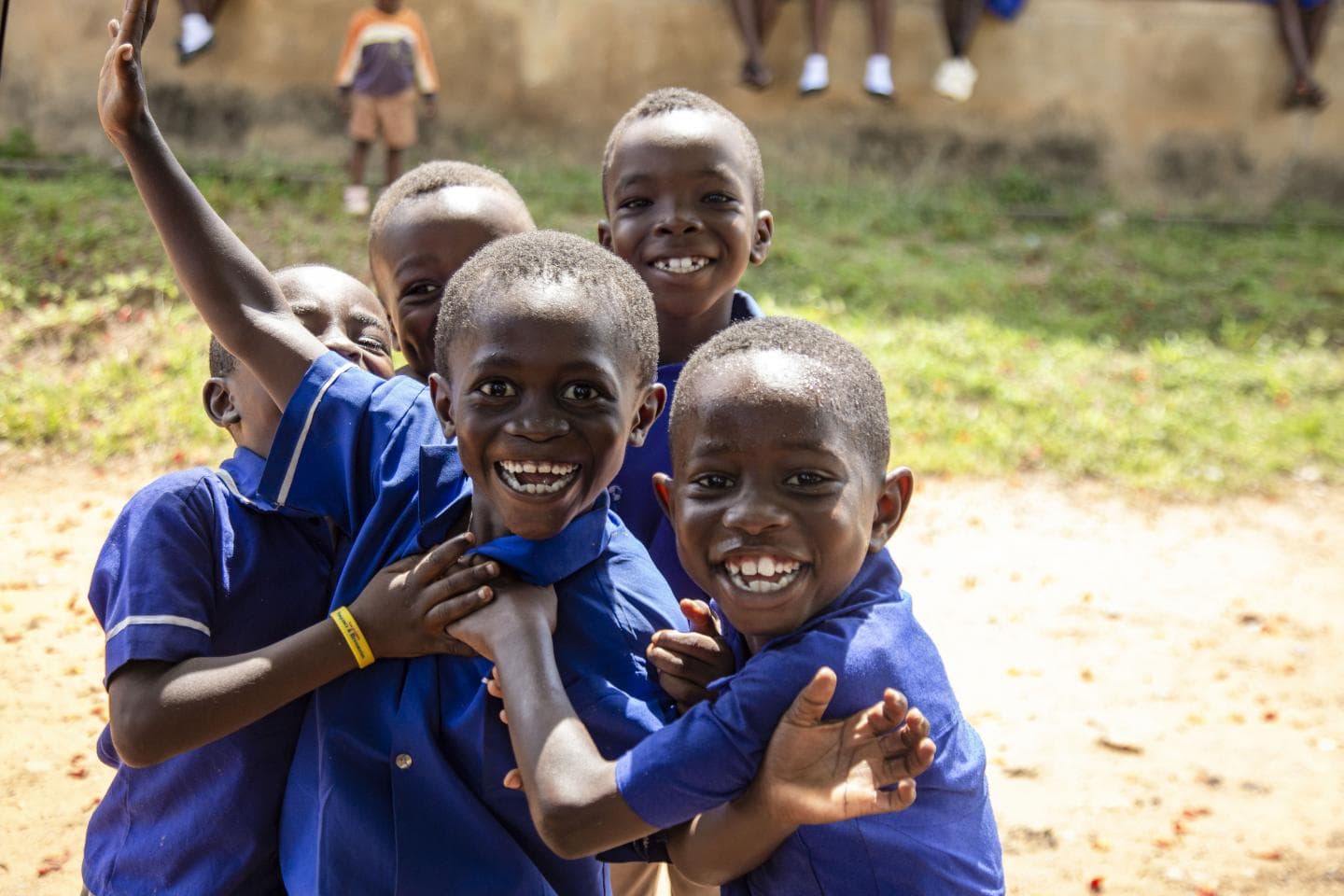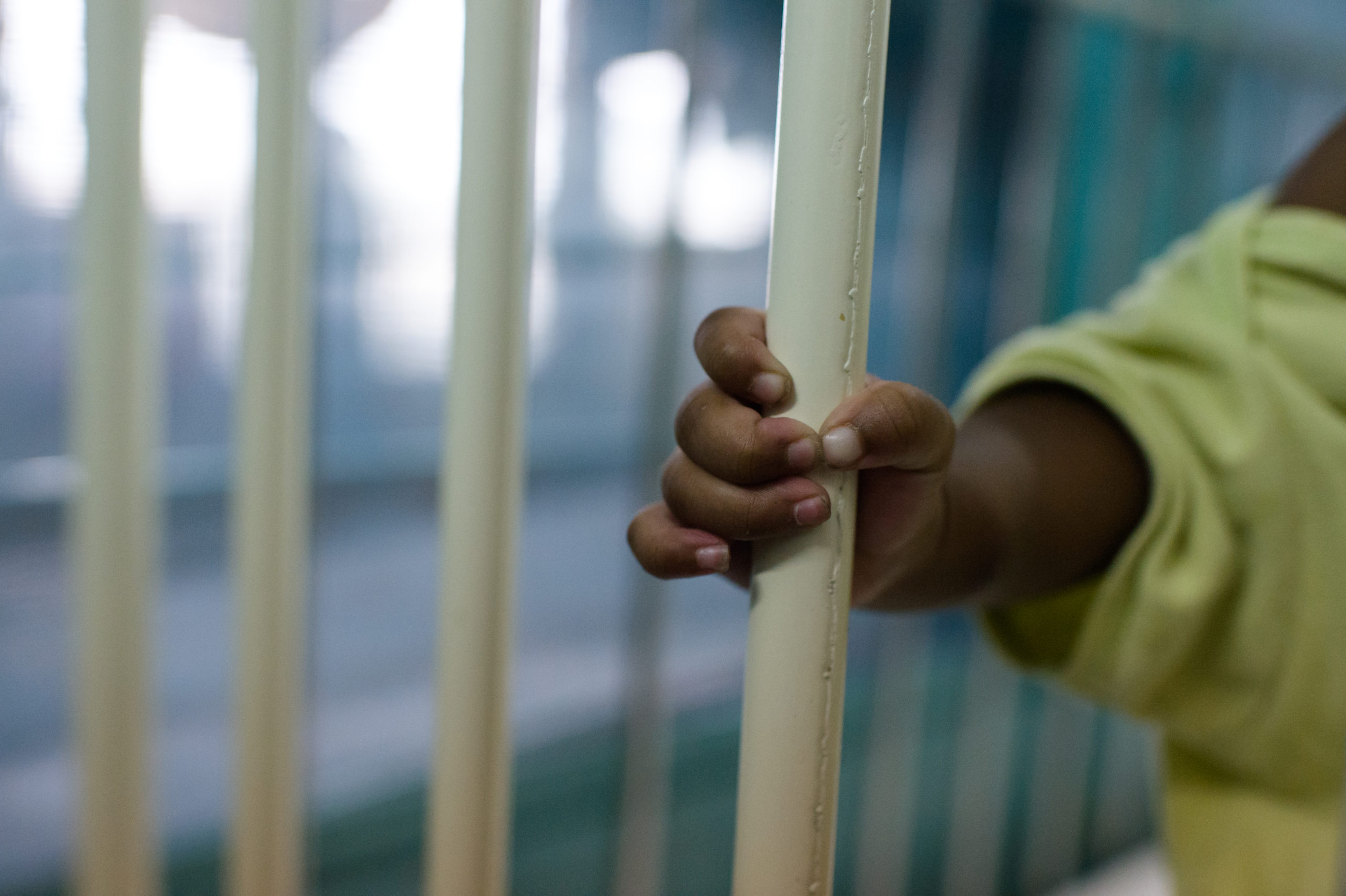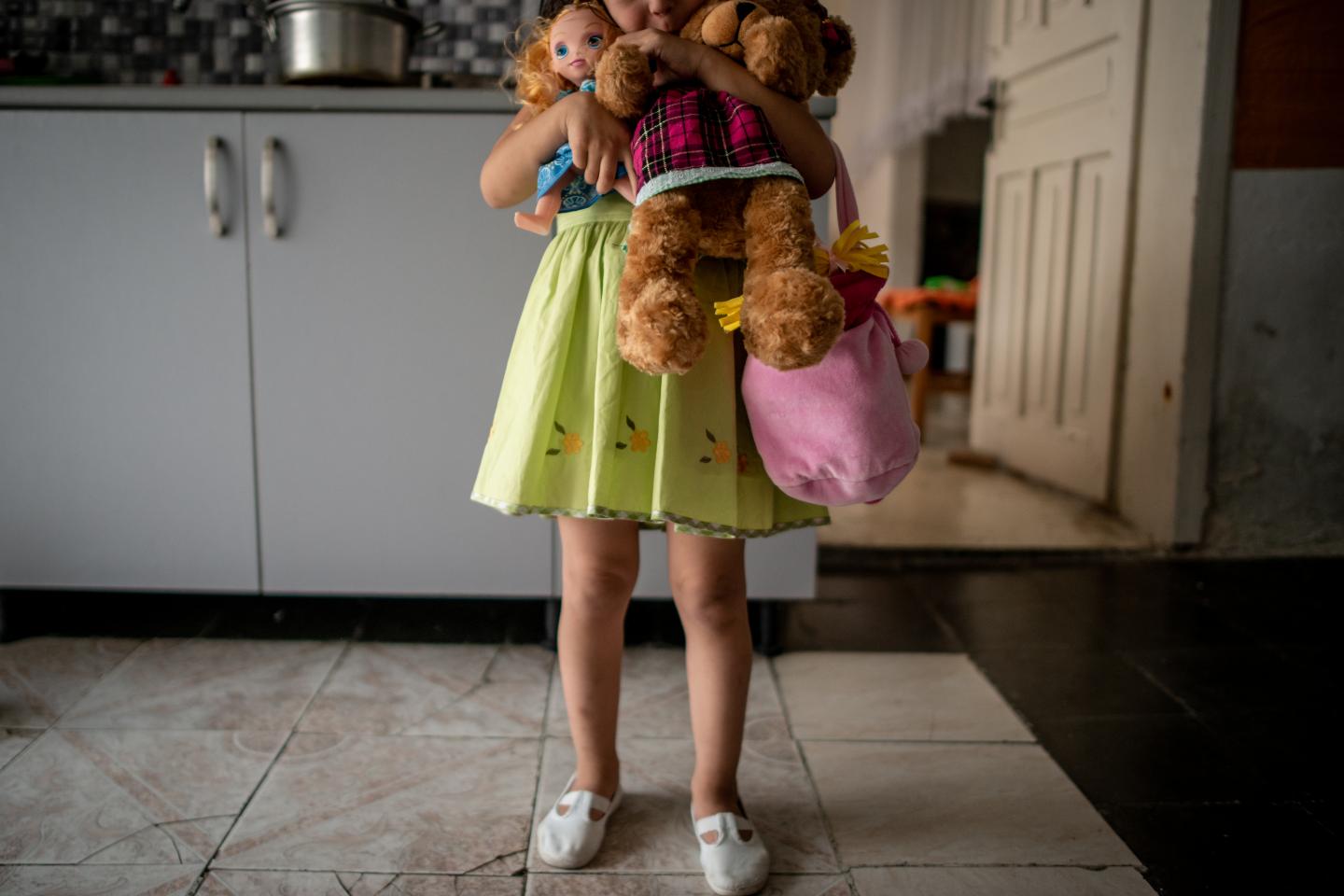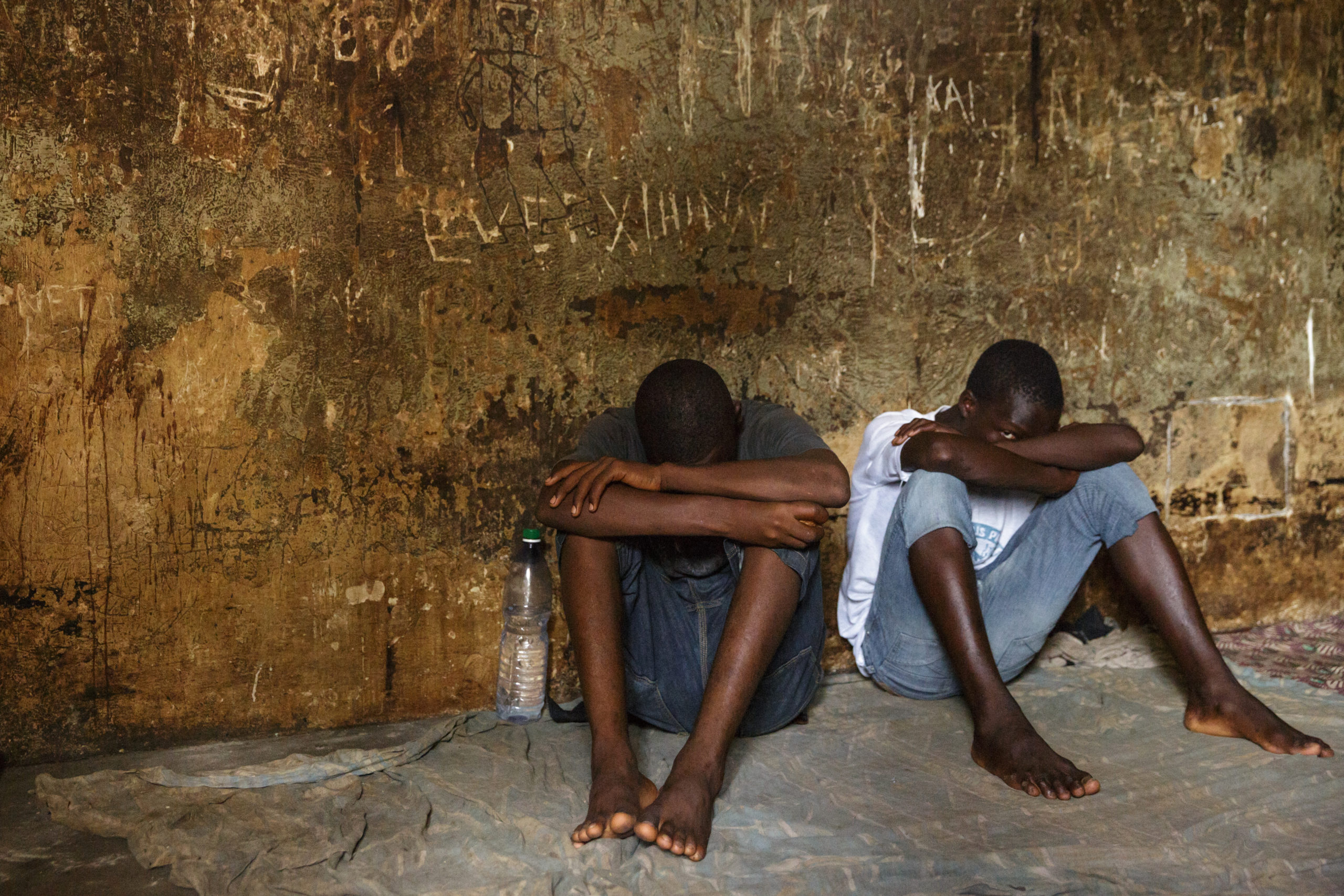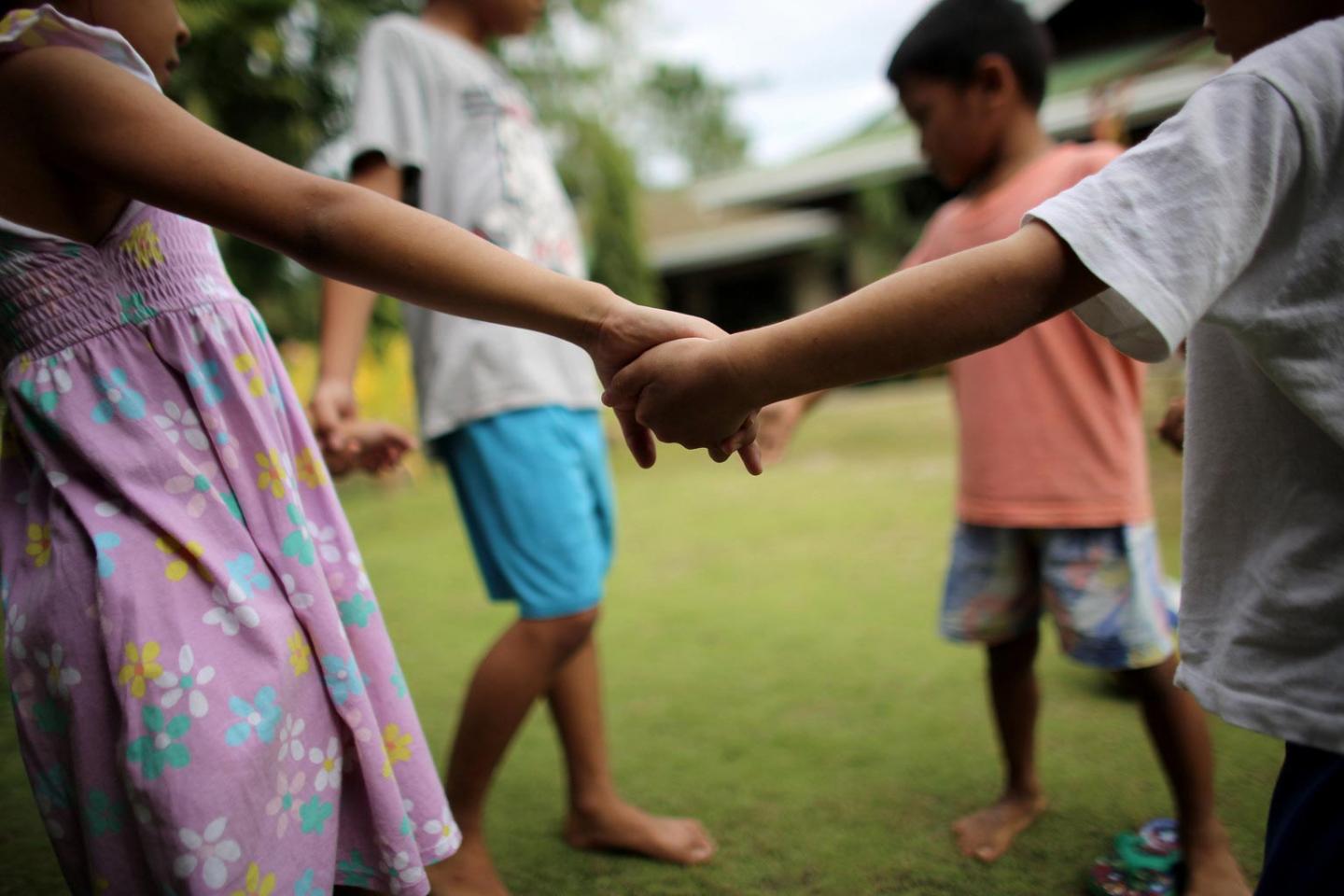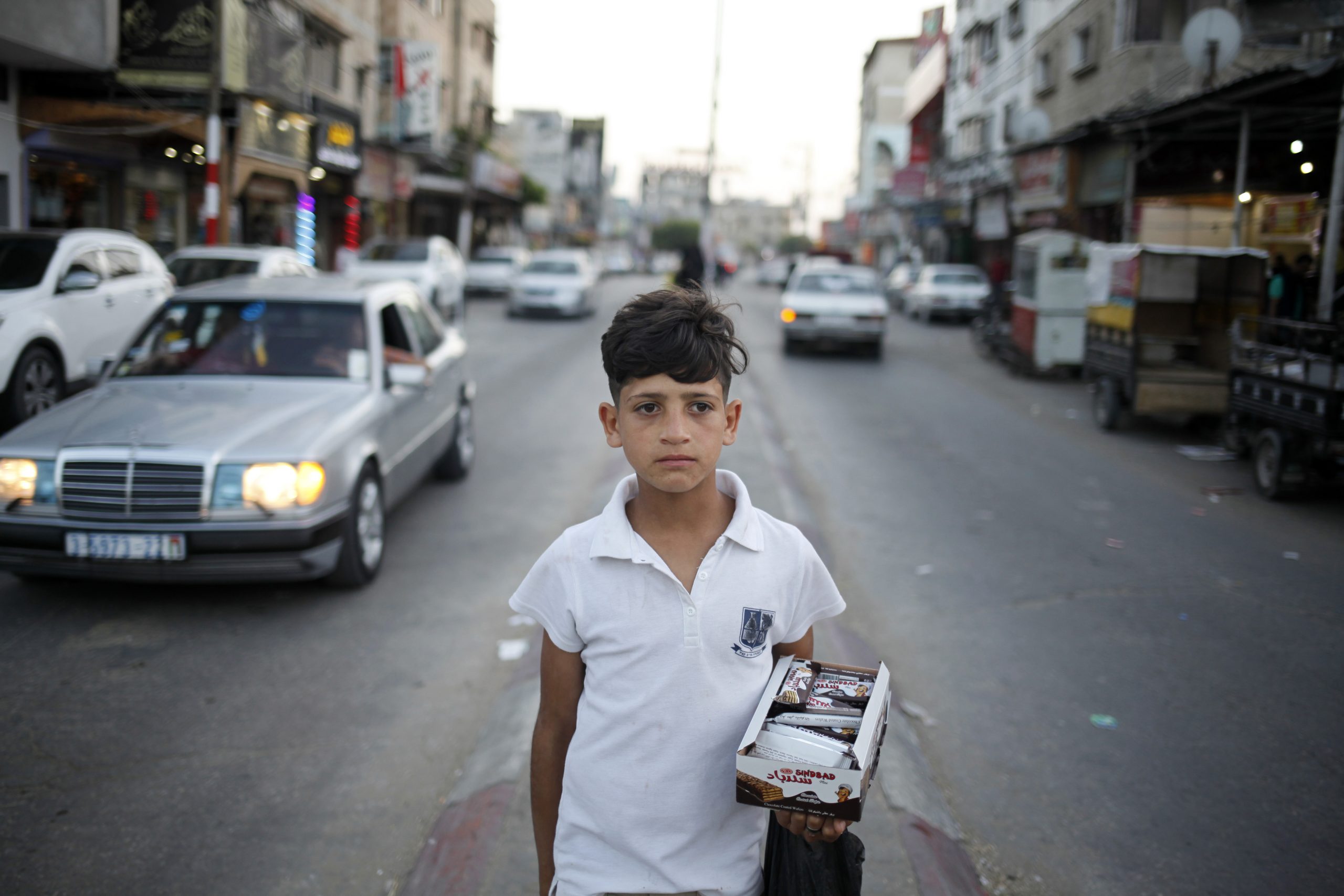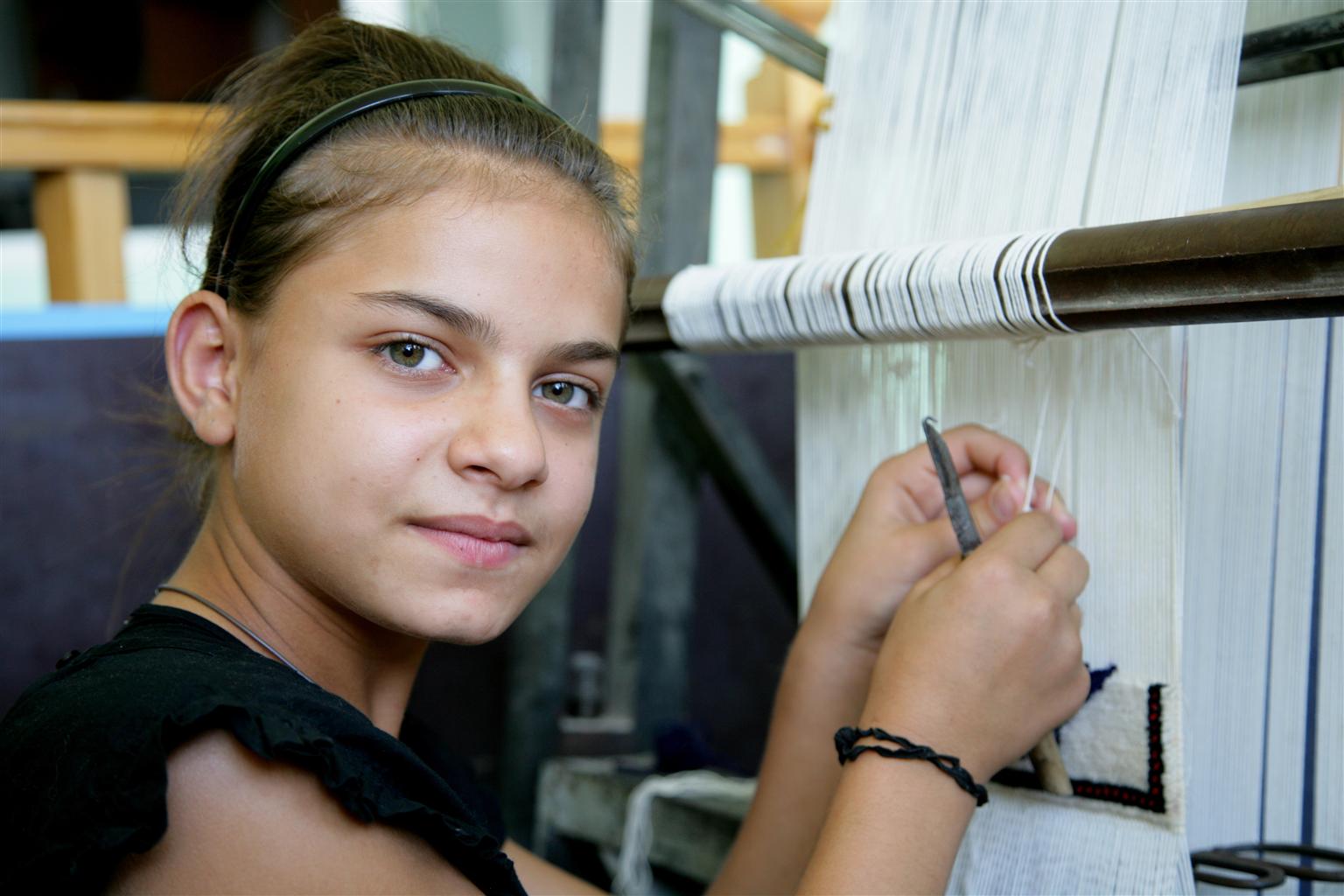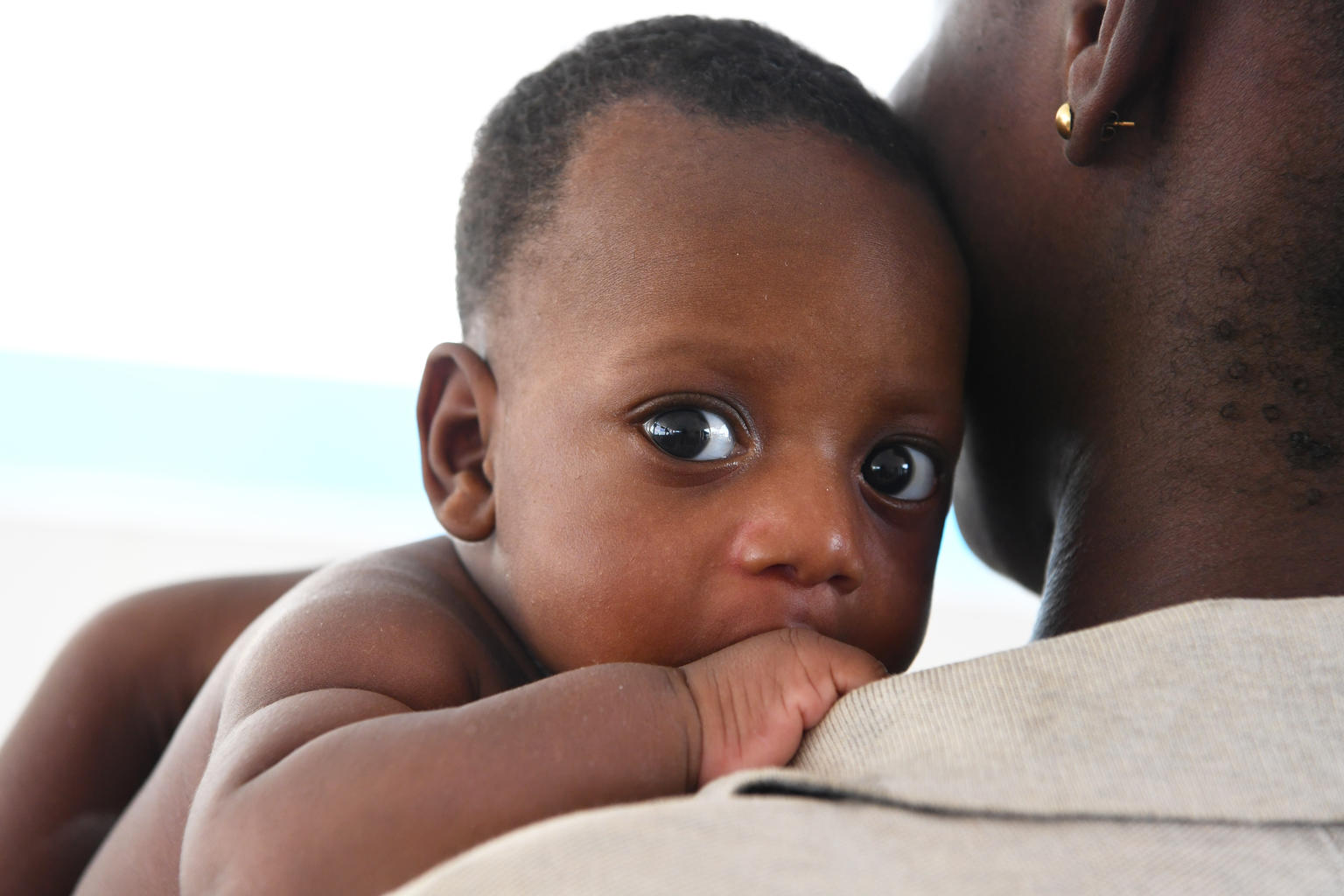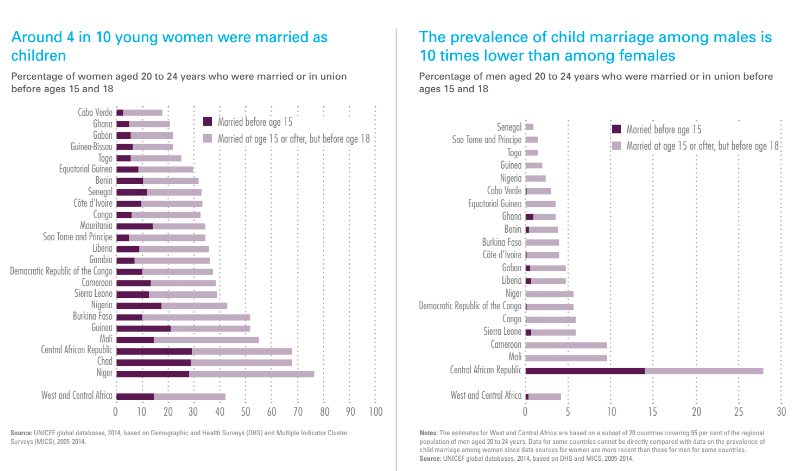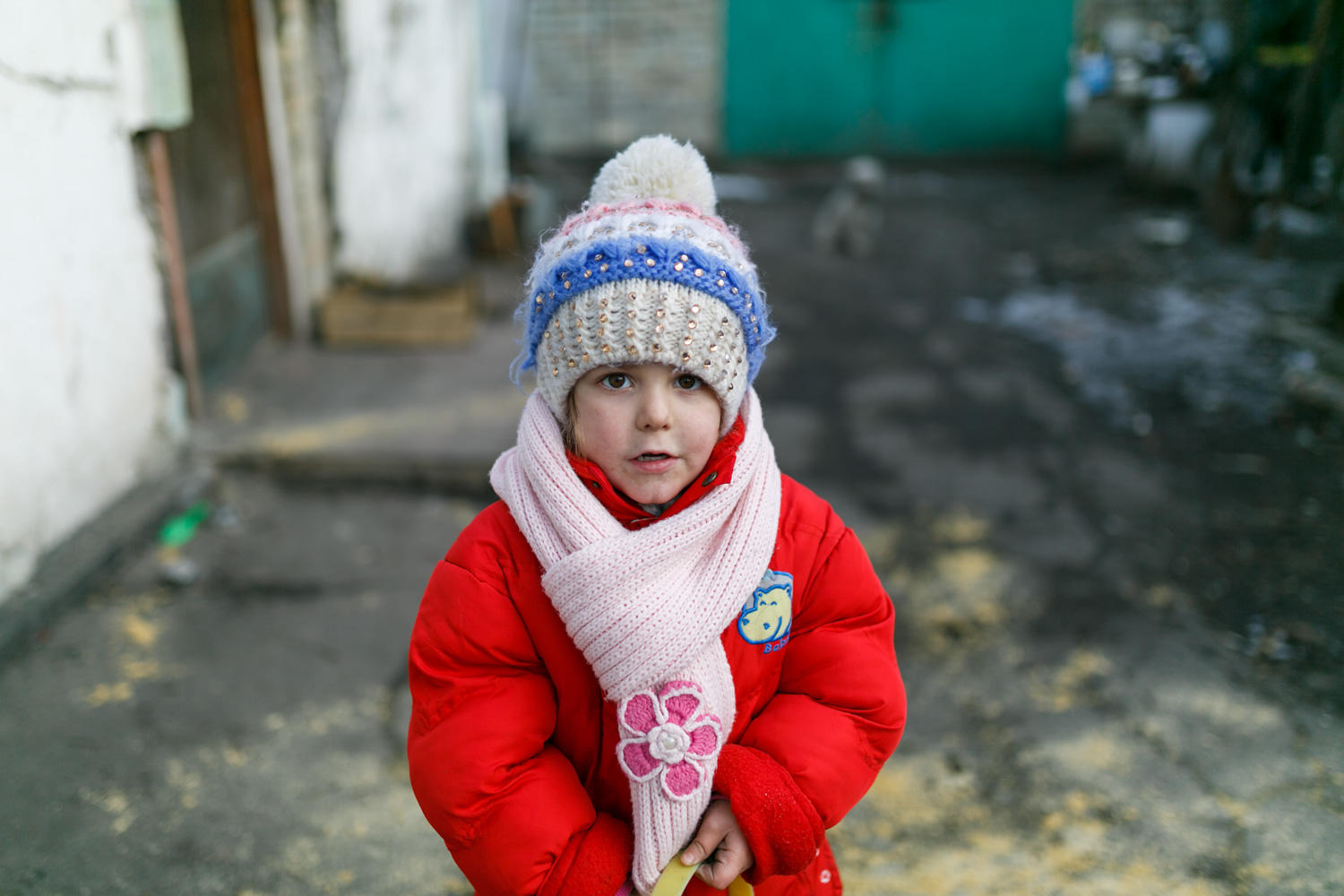Child protection overview
UNICEF seeks to prevent and respond to violence, exploitation and abuse of children everywhere
Violence. Child labour. Trafficking. Sexual exploitation. Female genital mutilation/cutting. Child marriage. Millions of children worldwide experience the worst kinds of rights violations. Millions more children, not yet victims, are inadequately protected against them.
UNICEF uses the term ‘child protection’ to refer to prevention and response to violence, exploitation and abuse of children in all contexts. This includes reaching children who are especially vulnerable to these threats, such as those living without family care, on the streets or in situations of conflict or natural disasters.
A key UNICEF goal is ensuring that government decisions are influenced by an informed awareness of children’s rights and by improved data and analysis on child protection issues. Children subjected to violence, exploitation and abuse are at increased risk of poor physical and psychological health, HIV and inadequate education. Sadly, these violations are widespread, under-recognized and under-reported. Solid data are crucial to break the invisibility of child protection violations, to capture the true scale and extent of these phenomena, and to identify risk and protective factors. Reliable data are also needed to specify priority areas and support government planning and budgeting for effective child protection interventions and services; to inform the development and implementation of policies, legislation and actions for prevention and response; and to ensure a robust and ongoing monitoring process to assess results and impact, and to address challenges.
UNICEF monitors and reports on a number of key child protection indicators including:
- Birth registration: the official recording of a child’s birth.
- Child labour: the types of work a child performs, whether paid or unpaid, and hours spent, along with the hazards children face at work.
- Child marriage: marriage or cohabitation before the age of 18.
- Female genital mutilation: the partial or total removal of external female genitalia for non-medical reasons.
- Violence against children: including emotional and physical abuse, neglect or negligent treatment, sexual exploitation and abuse, and use of violent discipline.
Work in these areas of child protection is carried out through data collection, methodological work, data compilation, data analysis and data dissemination.
UNICEF supports the collection of nationally representative data on child protection through Multiple Indicator Cluster Surveys (MICS). Data are collected through specific survey modules developed by UNICEF in consultation with relevant partners. MICS is one of the world’s largest sources of internationally comparable data on child protection, both in terms of the range of issues covered and the number of countries with available data.
UNICEF plays a key role in the development of new data collection and monitoring tools in the area of child protection. This includes the development of questionnaires, indicators and methods for gathering relevant information and reporting on child protection violations.
UNICEF also maintains global databases on key child protection indicators. The main sources of data include nationally representative household surveys, such as MICS, Demographic and Health Surveys (DHS), Reproductive Health Surveys (RHS) and AIDS Indicator Surveys (AIS), as well as other national surveys, censuses and vital registration systems. These databases are updated annually through a process that draws on data maintained by UNICEF’s network of country offices.
UNICEF’s work in the area of data analysis for child protection seeks to highlight trends, emphasizes patterns found within the data, and suggests how these data can be used strategically to inform programmatic efforts. Where possible, data are disaggregated by geographic areas, residence (urban, rural), sex, education, age, wealth, ethnicity/religion, marital status and other stratifiers. UNICEF also promotes the advancement of research through the development of joint projects and collaboration with academic institutions and other agencies working at the international and national levels in the area of child protection.
Data collected, compiled and analysed by UNICEF on child protection are disseminated in a variety of ways, including through the organization’s flagship publication, The State of the World’s Children, and in a number of thematic data-driven publications and brochures and statistical country profiles.
